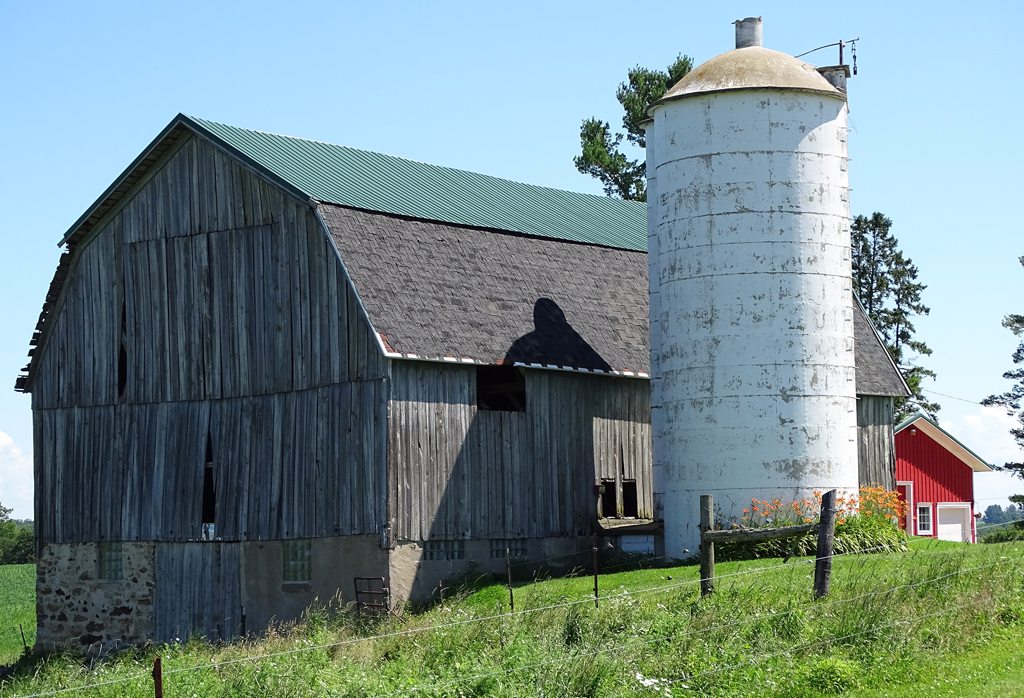
HISTORY OF SILOS
The first stone silos were built between 1700-1800 BC. The first above ground silo in Clinton Wisconsin was built in 1877 by Byron Snyder. Not to be confused with grain bins, the word silos comes from the Greek word σιρός – siros, meaning holding grain.
In agriculture, silos are used to store fermented feed also known as silage. Silos are also commonly used in industry to store bulk raw materials such as coal, cement, wood chips, and sawdust. Today, there are generally three types of silos in use: tower silos, bunker silos, and bag silos.
CONCRETE STAVE SILOS
Storage silos are cylindrical structures, typically tubular in shape, and can vary in size and diameter. From thirty feet in width, to over one hundred and twenty feet tall , these silos can store both forage and grain. Silos are manufactured from two different materials- either cast concrete or steel sheet panels.
Concrete stave silos are constructed from small, precast concrete blocks, with ridged grooves along each edge that interlock them together into a high strength shell. Concrete stave silos are loaded and unloaded from the top. These are open to the atmosphere and do not stop oxidation or prevent dry mater loss.
Concrete stave silos may be disassembled and reinstalled somewhere else if no longer needed.
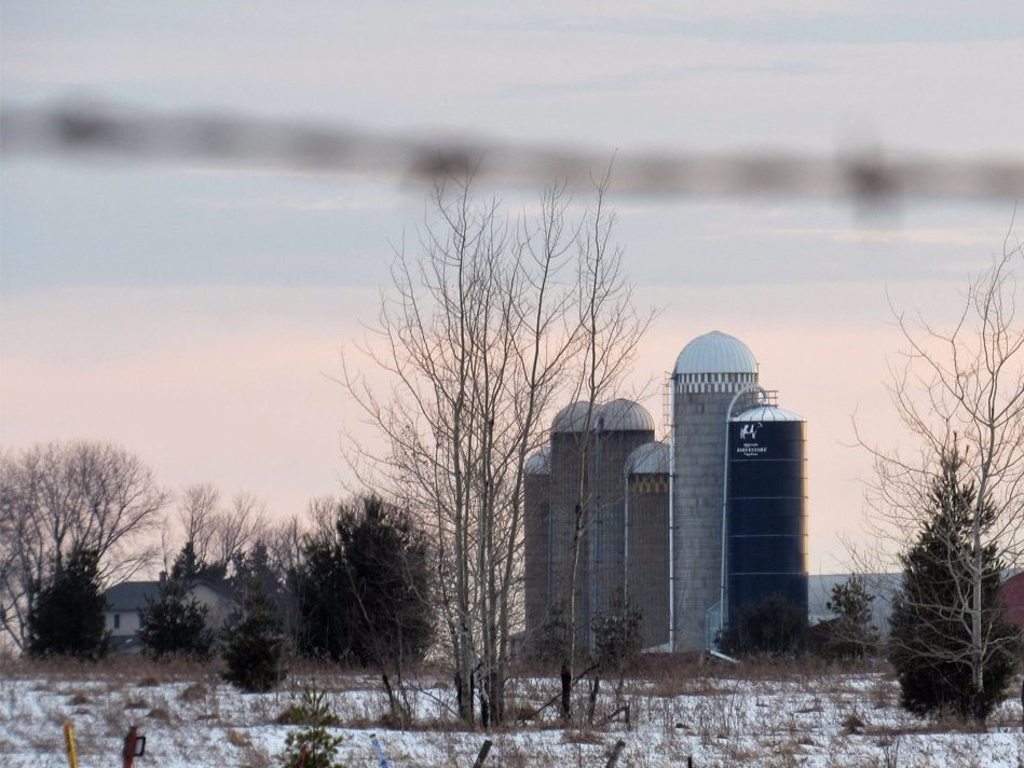
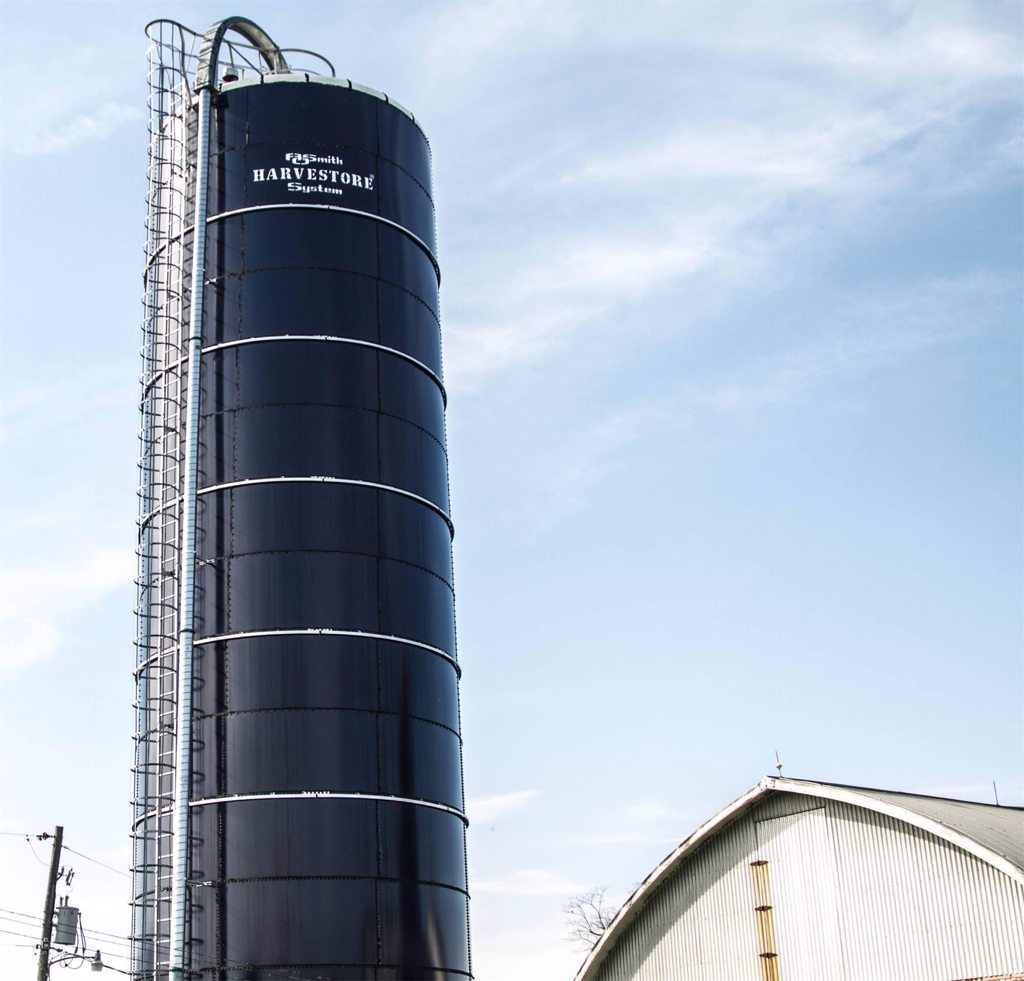
LOW-OXYGEN TOWER SILOS
Low-oxygen tower silos are designed to keep the contents in a consistent, low-oxygen environment at all times. Keeping the fermented contents preserved helps to prevent decay. Low-oxygen tower silos are sealed against air infiltration. Concrete stave silos or bunker storage systems do not keep the contents preserved.
Inside the tower silo structure, outside air is separated from internal air by large impermeable breather bags which are sealed to the silo breather openings. In the warmth of the day when the silo is heated by the sun, the gas trapped inside the silo expands and the bags "breathe out" and collapse. At night, as the silo cools, the air inside contracts and the bags "breathe in" and expand again.
BUNKER SILOS
Bunker silos are usually a concrete walled structure, where forage is filled and packed with frontend loaders. The filled bunker is covered with a plastic tarp to restrict air and protect forage from the elements. To feed the livestock, the bunkers need to be uncovered and the forage is then usually unloaded by the frontend loader. The first feed that is retrieved is usually the last that was put in so dry mater is lost, and toxic runoff frequently occurs from feed rot. Bunker silos are an inefficient and environmentally unfriendly system for storing forage.
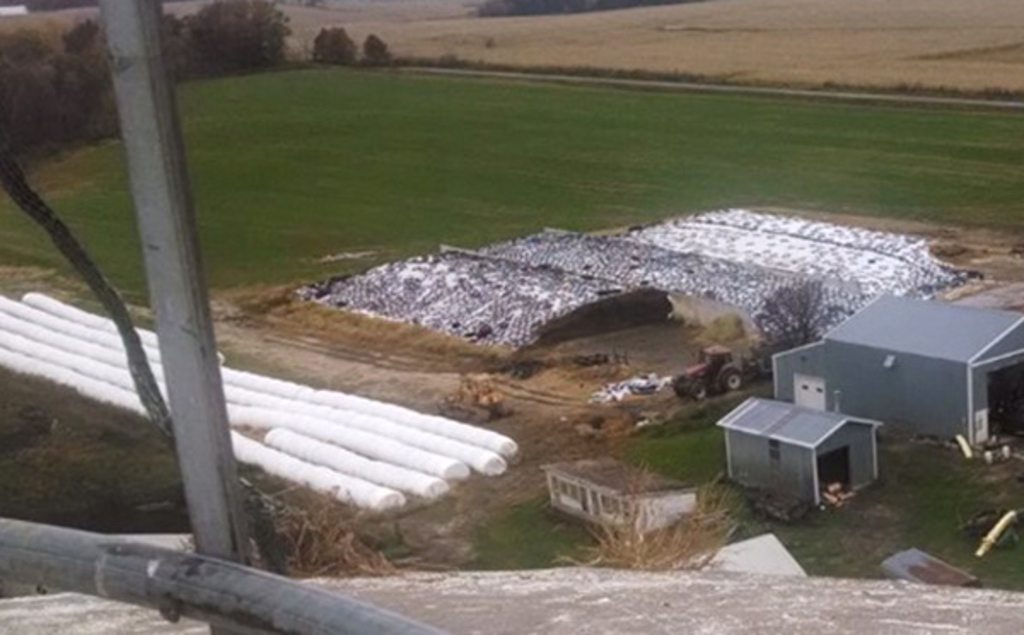
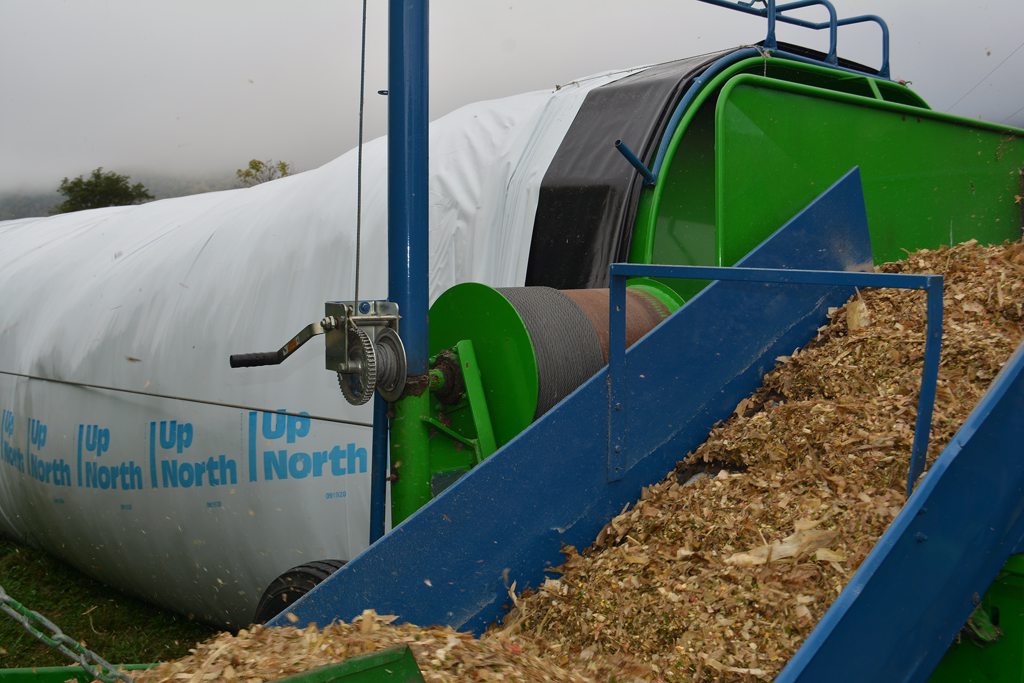
BAG SILOS
Bag silos are one-use, plastic tubes that are variable in length. They are packed using a blower powered by a tractor, and sealed on both ends after they are full. They are unloaded using a tractor and frontend loader. The last forage taken out of a bag was the first retrieved.
The bag silo takes up a considerable amount of land. Bag silos can be more than 100 feet in length and are vulnerable to bird and other wildlife damage and infestation.
The plastic is non-recyclable, and is discarded in sections as it is torn off as forage inventory decreases. This plastic will either be burned, or will end up in a landfill.
CHEMISTRY AND THE PHYSICS BEHIND GREENWOOD SILO'S LOW-OXYGEN TOWER SILOS
The basic science behind tower silos hadn’t changed 60 years - that is, until Greenwood Silo came on the scene! Greenwood Silo has totally turned silo science on its head by challenging the long held belief that stable storage solutions are reliant on fermentation. While some silo practices have been in place for years, Greenwood Silo has reinterpreted the science and combined it with new methods and innovations in equipment to produce an end product that has the look, smell and nutritional value of freshly cut forage.
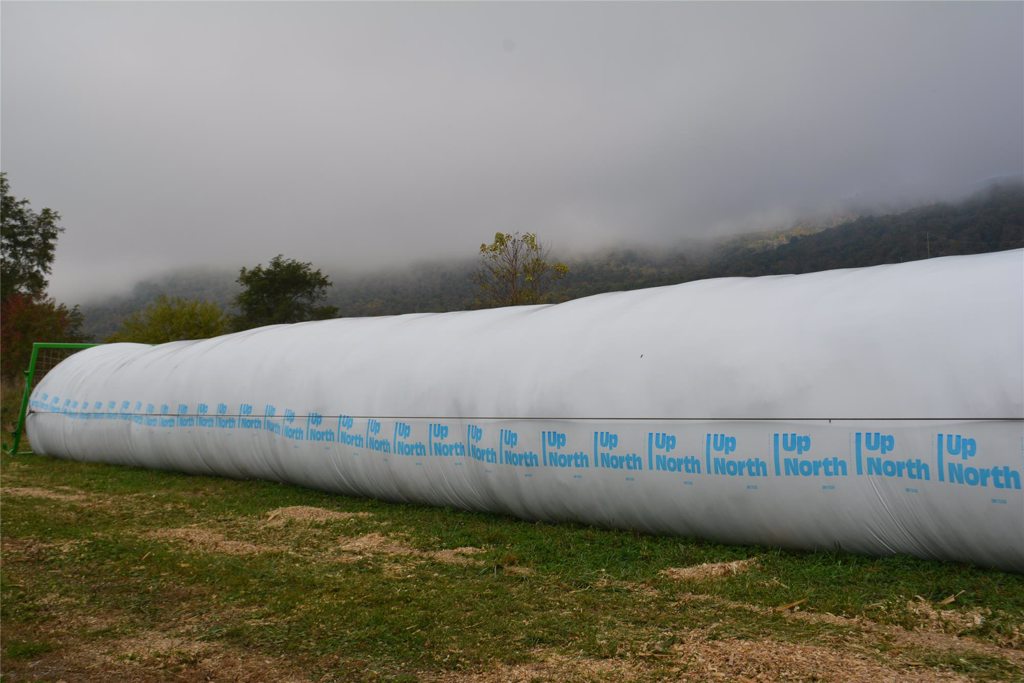
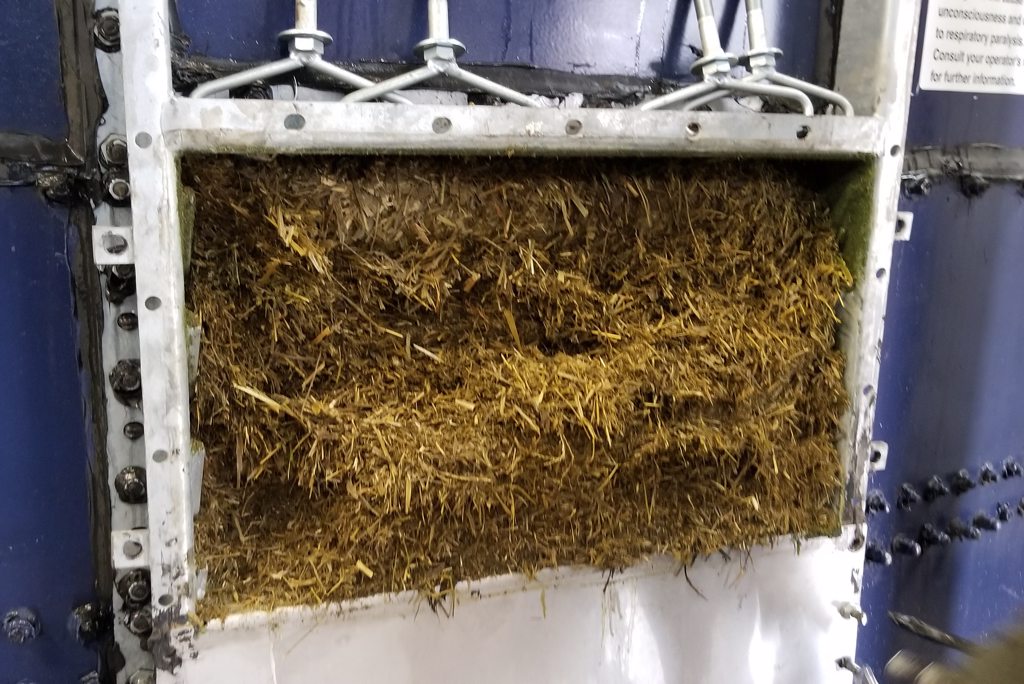
HOW DO GREENWOOD SILO SYSTEMS STORE THE BEST FORAGE POSSIBLE?
Glad you asked! Complete our contact form now and we will tell you how!
